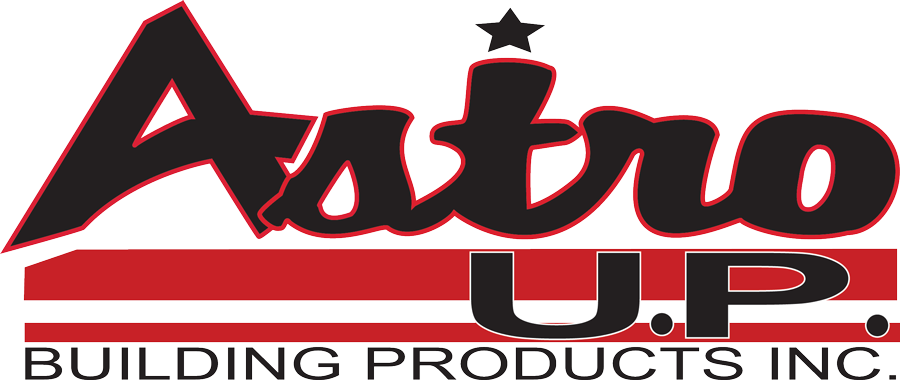Siding has a huge impact on your home. Not only is siding crucial to its structural integrity, it’s also one of the most visible parts of your house. There’s a lot to consider when investing in siding, including its durability, maintenance needs, and suitability for your environment. In this blog, we’ll explain some key siding terms, go over some of the major factors to consider before making your siding purchase, and answer some frequently asked siding questions.
Styles of Siding
The Best Siding for Your Budget and Environment
Siding Materials
FAQ
Styles of Siding
Three popular siding styles are vertical siding, horizontal siding, and board and batten siding.
Horizontal siding is the traditional choice, and has been popular for decades. It offers a classic look, creating a sense of width and stability that gives the home a grounded appearance. Horizontal siding looks especially nice on ranch homes, Victorian and Colonial styles.
Vertical siding, on the other hand, is siding with a contemporary twist. It can make a small house appear taller, and offers a unique look. Rustic homes, such as farmhouses and craftsman styles, are especially suited to vertical siding.
Board and batten siding uses narrow strips of wood between wide, flat boards to create a modern, geometric look. It has become increasingly popular in recent years, and suits contemporary home designs well.

The Best Siding for Your Budget and Environment
Siding is vital to your home’s structural integrity. Before you decide which type of siding to invest in, think about the following:
Climate
It’s a no-brainer that the outside of your home has to stand up to the elements. Before purchasing home siding, take some time to consider the climate where you live. Don’t just look at the obvious culprits of home damage, such as high winds or heavy snow. Also think about extreme temperatures (hot or cold), temperature fluctuations, UV exposure, other forms of precipitation (including hail and rain) and humidity. These things can cause warping, rotting, fading, and more in certain types of siding.
The insects in your area can also play a role in damaging your siding. If you live somewhere with a high population of bees or other burrowing pests, look for insect-resistant siding options.
Budget
Your budget is, obviously, very important when considering your siding options. Certain siding materials tend to be cheaper than others, but prices also depend on the brand you use and where you purchase your siding. You will also want to factor in the price of installation. Some siding materials are tougher to install than others, and will thus come with higher labor costs.
At the end of the day, siding is a significant investment. It’s an extremely important component in keeping your home warm, safe, stable and visually appealing. It’s worth saving up your money to invest in high quality siding that’s well suited to your needs.
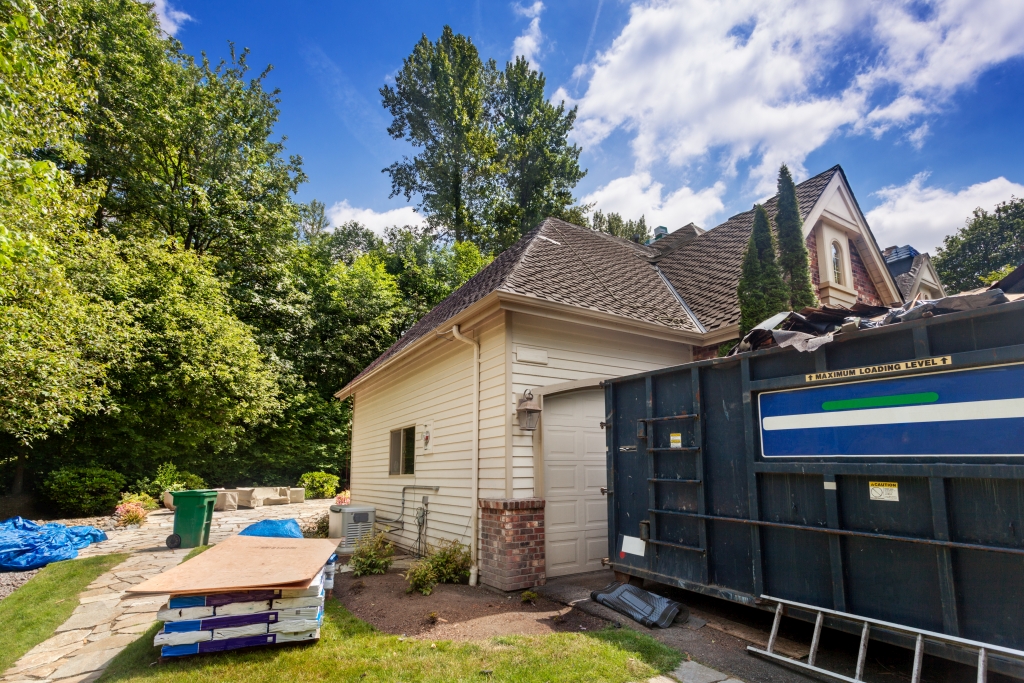
Durability
Durability is another important factor in deciding which siding material to use. Your home needs to be able to withstand the elements, including extreme weather conditions, insect and pest infestations, and other forms of damage. Consider any risks your house may face before choosing the best siding for you.
Siding Materials
There are a number of different siding materials available, and it’s important to know the pros and cons of each.
Vinyl Siding
Vinyl siding is a popular choice for modern homeowners. Its affordability is a huge draw for budget-conscious builders. Beyond that, it is prized for its durability and resistance to the elements, making it a long-lasting option. It’s a particularly good choice if you live in an area with a lot of rain, snow or UV exposure.
Vinyl siding is also low-maintenance (requiring no staining, scraping, or painting), which helps homeowners save both time and money. Speaking of saving money, vinyl siding is energy efficient, helping homeowners keep heating and cooling costs down.
Finally, vinyl siding comes in a range of colors and designs, giving homeowners plenty of options for customizing their homes. Thanks to all of these attractive traits, vinyl siding is a great choice for today’s homeowners. Popular brands include Mastic Home Exteriors and CertainTeed vinyl siding.
Aluminum Siding
Like vinyl siding, aluminum siding is valued for its resilience and ability to withstand the elements. Extreme temperatures and heavy rains won’t warp or rot aluminum siding, and it’s fire resistant, too. Though it needs occasional cleaning, aluminum siding is quite low maintenance overall.
However, keep in mind that it does dent or scratch more easily than other siding materials. Another potential drawback is that it can fade over time, impacting its visual appeal. Lastly, aluminum siding may also be more expensive than vinyl siding.
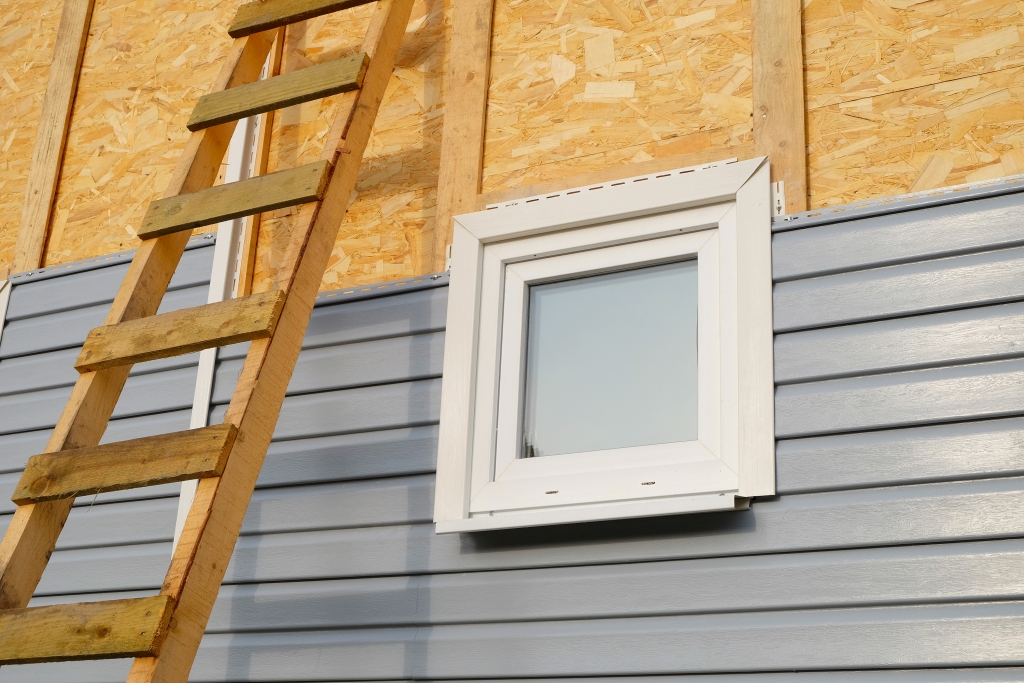
Steel Siding
Another metal siding option, steel siding offers many of the same benefits as aluminum siding. Namely, it is capable of withstanding harsh conditions, including extreme temperatures, heavy rain and strong winds. Like aluminum, it’s fire resistant, too. Also like aluminum, it doesn’t need to be painted or stained, and it won’t rot.
On the other hand, it tends to be more costly upfront than other vinyl siding materials. It can also be difficult (and more costly) to install due to its weight. It is less likely to dent than aluminum, but can still be susceptible to scratches or rust.
Wood Siding
The classic, rustic charm of wood siding makes it an aesthetically pleasing choice for some homeowners. Its appearance can add value to a home. If properly maintained, wood siding can last a long time. Another key benefit of wood siding is that it is very customizable. Homeowners can choose from multiple species of wood, limitless colors and finishes, and many styles. Popular styles include shingle, shake, board and batten, and bevel siding.
Compared to other siding materials, wood siding does require quite a bit of maintenance. This includes painting or staining to protect the siding from moisture, rot, and insect damage. This can be costly and time consuming for homeowners. Wood siding is also susceptible to warping, weathering and fading.
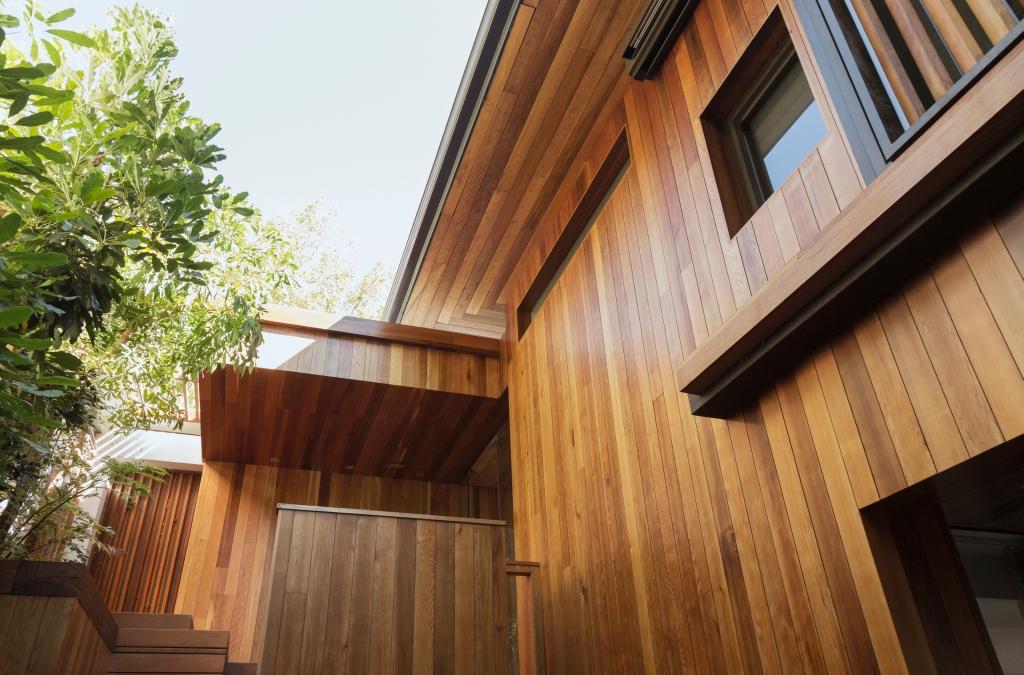
Engineered Wood Siding
Engineered wood is a great solution if you like the aesthetic appeal of wood siding, but need something lower maintenance. It is typically made from resin, wood fibers, and other synthetic materials that, when combined, provide excellent resistance to moisture, rot and insect damage.
Though it requires less maintenance than natural wood, it may need some occasional painting or staining to maintain its appearance. It can also be vulnerable to fading, particularly in extreme weather conditions. Cost-wise, it is typically less expensive than natural wood.
FAQ
How Do I Calculate How Much Siding I Need?
Siding is measured in squares. One square of siding is equal to 100 square feet. To get a good estimate of how much siding you need, you will need to measure your house in square feet. To measure your house in square feet, do the following:
- Measure the height and width of each side of your house. For each side, multiply height by width to get the total square footage.
- Measure the height and width of other parts of your house, such as dormers. For triangular areas, measure from the base to the tip of the triangle, and then multiply that measurement by half of the base length.
- Measure the height and width of each door, window, or other areas of your house that are not covered by siding. Subtract the square footage of these areas from the total square footage of the rest of your house.
- Divide that number by 100 to get the total number of siding squares you’ll need.
This is a tool to help you estimate how much siding you might need. Once you have an estimate, work with a contractor or trusted supplier to get the most exact measurements.
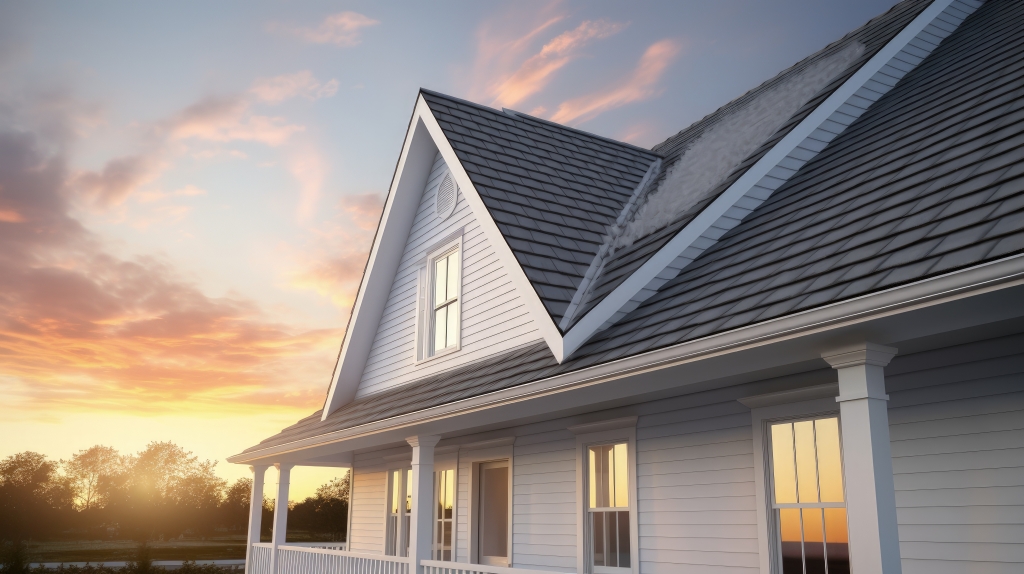
Does A Particular Siding Increase Home Value?
Adding new siding to your home is a great way to improve its value. In fact, a study published in Remodeling Magazine found that it can raise your home’s value by nearly 77%. The type of siding you use is not as important as how well you maintain it. However, to get the best return on your investment, a lower-cost siding such as vinyl siding is always a smart choice.
Let Astro UP in Rock, Michigan Help You With Your Siding Projects!
Choosing the siding for your house is a big decision, one that’s important to the safety, structural integrity, and aesthetic appeal of your home. We hope this blog gave you some helpful information and helped you decide on the best siding for your home.
If you need more assistance making your decision, or if you’re ready to shop for your siding, come pay us a visit at Astro UP in Rock, Michigan! We carry some of the finest vinyl siding brands, including CertainTeed Siding and LP Smart Siding. Our staff has plenty of experience in helping people with all of their home construction projects, and we’re excited to help you with yours, too!
